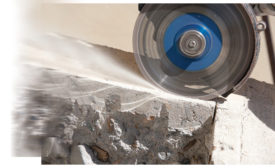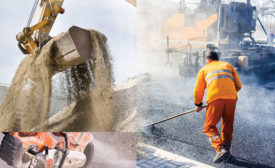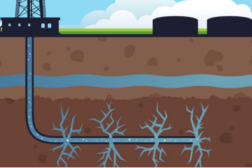Home » Keywords: » crystalline silica
Items Tagged with 'crystalline silica'
ARTICLES
Industry questions feasibility of reaching lower exposure limits
Read More
Controlling silica exposures during asphalt pavement milling
NIOSH, CPWR & stakeholders team up on new guide
March 18, 2015
ASSE submits comment on OSHA's proposed silica rule
Rule "probably not entirely technologically feasible" for all employers
February 3, 2014
Oil and gas extraction workers exposed to respirable crystalline silica
Research examines work crew exposures to crystalline silica during hydraulic fracturing
August 8, 2013
Become a Leader in Safety Culture
Build your knowledge with ISHN, covering key safety, health and industrial hygiene news, products, and trends.
JOIN TODAYCopyright ©2025. All Rights Reserved BNP Media.
Design, CMS, Hosting & Web Development :: ePublishing





